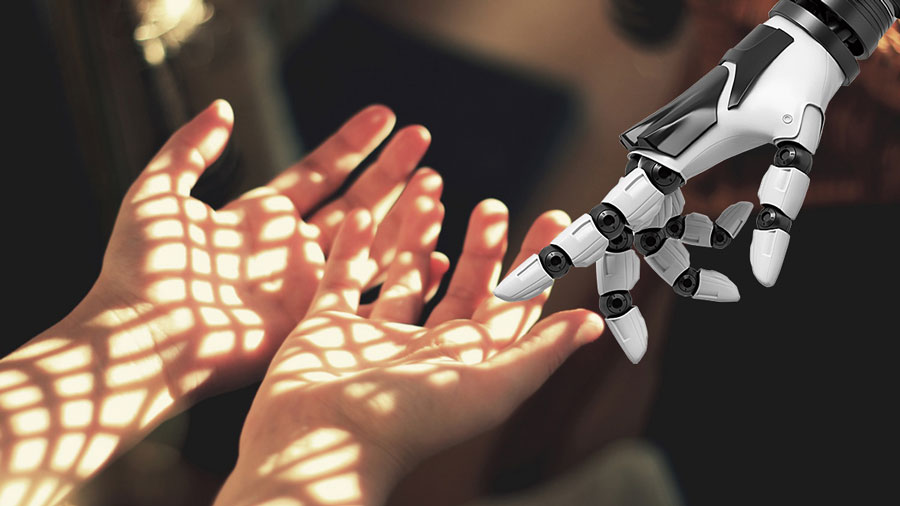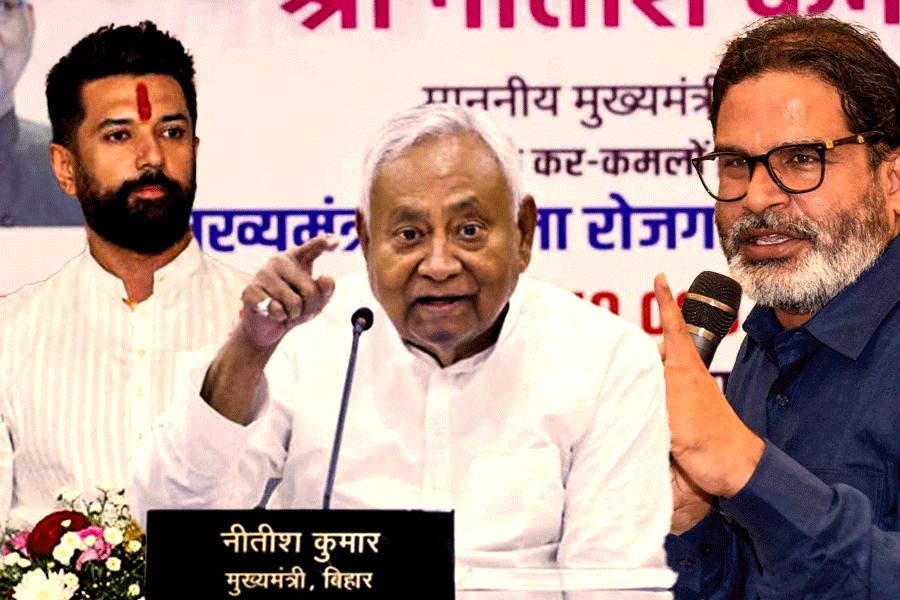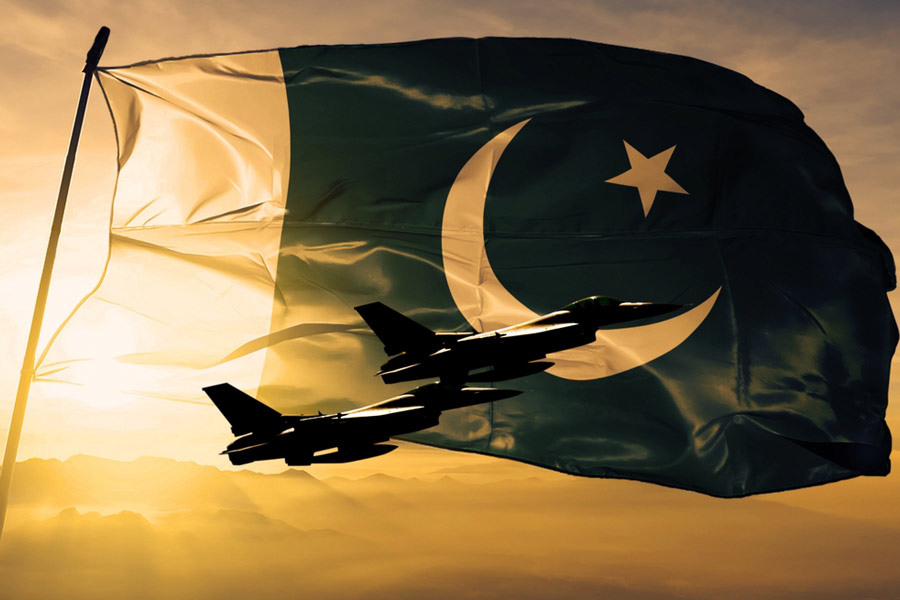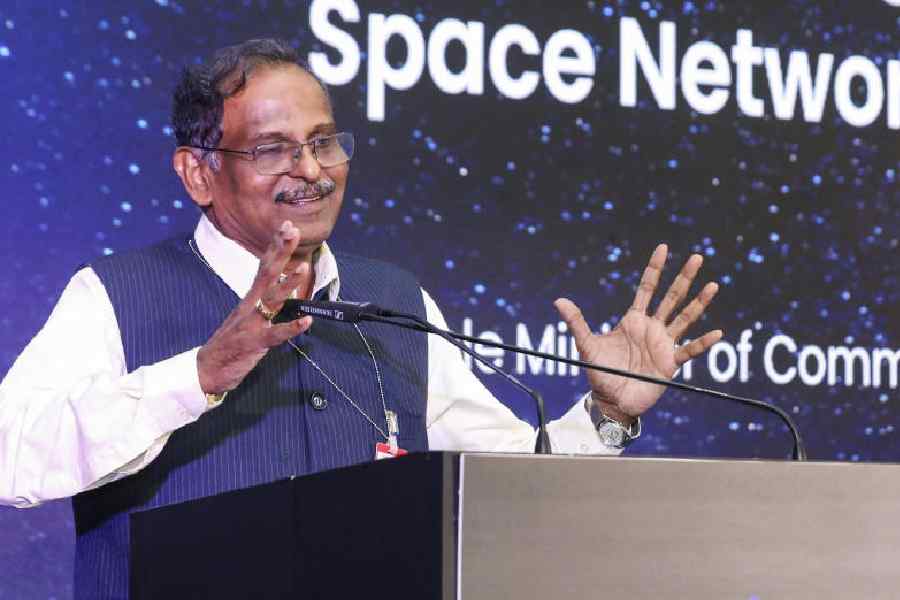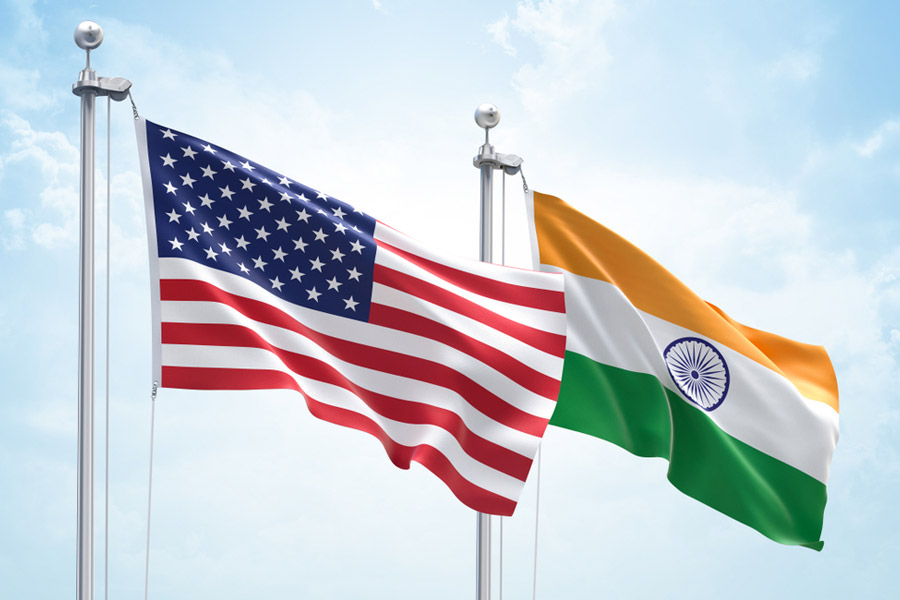Book: Klara and the Sun
Author: Kazuo Ishiguro
Publisher: Faber
Price: Rs 699
Alfred Hitchcock believed that the key to building suspense is for an audience to have more knowledge than the characters do. A film in which the audience knows there is a bomb under the table above which two people are innocently chatting is more suspenseful than one in which there is no knowledge of the bomb. Kazuo Ishiguro has taken this technique of creating suspense one step further. In Klara and the Sun — Ishiguro’s first novel since winning the Nobel Prize in literature — he cannily reveals a looming threat, but withholds its exact nature to ratchet up readers’ anxieties. We, therefore, know that something horrifying is going to be uncovered, but we do not know what or when.
The novel is fleshed out on the basis of a first-person perspective of a robot, an Artificial Friend or AF, Klara. Her voice is so non-intrusive, so endearing in its transparency and simplicity, that the psychological depth of her words can often catch one unawares. As the novel progresses, there is a deepening awareness of human failings, fragility and the inevitability of death. Yet, at the same time, there is also a quiet celebration of the fleeting magic of being alive. The other sentiment that pervades the novel is loneliness, driving the plot forward: “They fear loneliness and that’s why they behave as they do,” observes Klara about humans.
What adds to the sense of uncanny familiarity is that Ishiguro not only sets his plot in a time and place similar to ours — his fictional society is stratified into the “lifted” and the “unlifted”, with the former entitled to varied privileges — but also treats technological advancements in a way that is unusual. Klara is observant and — this is pertinent — conscientious. These traits make her an ideal narrator of the dystopian future to which she belongs. Klara attempts empathy, trying to emulate humans, but remains estranged from the process. There is thus an odd detachment that informs her perspective of the unfolding events. The novel’s surreal underpinning is consolidated by Ishiguro’s persistent reminders that Klara’s vision is segmented into boxes and that she is not seeing humans the way other humans do, but in a more fragmented manner.

Klara and the Sun, Kazuo Ishiguro, Faber, Rs 699 Amazon
Unlike most dystopian fictions, Ishiguro’s machines are not out to get us; they remain distinctly servile to society. This is where Ishiguro inserts into the narrative an exploration of his abiding preoccupation — that of service. Just like Stevens in The Remains of the Day, Klara’s desire to serve is absolute to the point of self-erasure. What then, Ishiguro prompts us to wonder, does service do to the souls of those who offer it and those who receive it, since their relationship is predicated upon elements of power and powerlessness?
The Sun takes on mythic proportions in this novel. AFs are solar-powered; the Sun is crucial to their survival. Klara’s faith in the Sun is, hence, unqualified. When she needs help, she goes to the Sun for answers, but her deity always fails her. “...I took two steps forward, crouched down and reached out both hands to the Sun’s pattern on the floor. But as soon as my fingers touched it, the pattern faded, and though I tried all I could — I patted the spot where it had been, and when that didn’t work, rubbed my hands over the floorboards — it wouldn’t come back.” This passage captures the book’s melancholy poignantly: the world is changing and remains indifferent to all that is being lost.
Reflections on profound questions take place even as Ishiguro builds up anxiety around Klara and the ailing girl whose AF she is. The suggestion of serious illness is the bomb under the table, but the novel does not name it until more than halfway through. Ominous hints are dropped in disturbing, but restrained, scenes. But once Ishiguro does unveil the exact nature of the threat, the story’s focus shifts to Klara’s efforts to repair the problem. As Ishiguro proceeds towards the novel’s horrific climax and tragic denouement, readers are filled with a despondence that comes from the knowledge that there are no happy endings.
There can be a looseness about Ishiguro’s novels — structurally or in terms of lengthy dialogues. Klara and the Sun, however, is taut, elegant and haunting. It is best read as a keen-eyed inquiry into the uniqueness of the human heart. Is there a soul, something, anything that is beyond the reach of technology that seems to be the harbinger of destruction of everything we know? Through the novel’s drama, Ishiguro offers us an answer which is as disturbing as it is intense.

